tin tức nổi bật

UNIT 3: DEFINING MANAGEMENT (2)
Activity 8: Pronunciation
Stress
- Words ending in –tion have at least two syllables, usually more. Which syllable is stressed? Listen to the nouns ending in –tion. Mark the stressed syllable.
- Study the list again. What is the rule for stress in words ending in –tion? Complete the following sentence:
Rule: the syllable _______________________ -tion is stressed.
- Does it make any difference if the –tion is not at the end of the word?
Example: addition – additional, education – educational, organization – organizational
Rule: the syllable _____________________ -tion is ______________ stressed.
The sound /∫/
The letters “ti” in –tion are pronounced /∫/ as in SH. Which of the following words from the text also have the same sound? Underline the letters which give this sound.
discussion – ensure – essential – establish – finances – financial – process – social
Are you making the /∫/ sound correctly? If not, pull your tongue back more and press the sides of the tongue up against the inside of the upper back teeth.
Activity 9: Topic for discussion:
Give your opinion on the future of “management”.
C. EXTENSION
Activity 10: Filling in the gaps
Complete the text using the following verbs. There may be some new words in the text. Try to guess the meaning before you look in a dictionary or ask somebody.
|
analyze improve select |
communicate measure train |
contribute commercialize understand |
divide perform use |
form risk work out |
You want me to explain what management is? Well, I guess I can manage that! Actually, management as we (1)………………..it today is a fairly recent idea. Most economists in the eighteenth and nineteenth centuries, for example, wrote about factors of production such as land, labour and capital, and about supply and demand, as if these were impersonal and objective economic forces which left no room for human action. An exception was Jean-Baptiste Say, who invented the term “entrepreneur”, the person who see opportunities to (2)……………… resources in more productive ways.
Entrepreneurs are people who are alert to so-far undiscovered profit opportunities. They perceive opportunities to (3) ……………….. new technologies and products that will serve the market better than it is currently being served by their competitors. They are happy to (4) …………….. their own or other people’s capital. They are unconventional, innovative people. But entrepreneurship isn’t the same as management, and most managers aren’t entrepreneurs.
So, what’s management? Well, it’s essentially a matter of organizing people. Managers, especially senior managers, have to set objectives for their organization, and then (5) ………………. how to achieve them. This is true of the managers of business enterprises, government departments, educational institutions, and sport teams, although for government services, universities and so on we usually talk about administrators and administration rather than managers and management. Managers (6) ………………. the activities of the organization and the relations among them. They (7) ………………… the work into distinct activities and into individual jobs. They (8) …………………… people to manage these activities and perform the jobs. And they often need to make the people responsible for performing individual jobs (9) ……………… effective teams.
Managers have to be good at communication and motivation. They need to (10) ………… the organization’s objectives to the people responsible for attaining them. They have to motivate their staff to work well, to be productive, and to (11) ……………. something to the organization. They make decisions about pay and promotion.
Managers have to (12) …………….. the performance of their staff, and to ensure that the objectives and performance targets set for the whole organization and for individual employees are reached. Furthermore, they have to (13) ………………. and develop their staff, so that their performance continues to (14) ……………
Some managers obviously (15) …………… these tasks better than others. Most achievements and failures in business are the achievements or failures of individual managers.
Activity 11: Things to remember:
“Management: The process of planning, organizing, leading, and controlling the work of organization members and of using all available organizational resources to reach stated organizational goals.”
Activity 12: Translation
- Translate the following passage into Vietnamese:
- “For most of our lives, we are members of one organization or another – a college, a sports team, a musical or theatrical group, a religious or civic organization, a branch of the armed forces, or a business.
- Some organizations, like the army and large corporations, are structured very formally. Others, like a neighborhood basketball team, are more casually structured.
- But all organizations, formal or informal, are put together by a group of people who see that there are benefits available from working together toward some common goal. So a very basic element of any organization is a goal or purpose.
- The goal will vary – to win a league championship, to entertain an audience, to set a product – but without a goal no organization would have a reason to exist”.
- Translate the following passage into English:
Sựtiến hóa của lý thuyết quản lý
- Quản lý và các tổchức là các sản phẩm của thời gian và không gian lịch sửvà xã hội của chúng. Nhưvậy, chúng ta có thểhiểu sựtiến hóa của lý thuyết quản lý từphương tiện con người đã từng vật lộn với vấn đềcác mối quan hệtại thời điểmcụthểtrong lịch sử.
- Bài học quan trọng chúng ta có thểhọc tập được từkiến thức và kinh nghiệm của các bậc tiền bối là vềcác tổchức hình thức.
- Khi nghiên cứu lý thuyết quản lý chúng ta sẽthấy rằng mặc dù những gì Henry Ford và Alfred Sloan quan tâm khác xa với những điều các nhà quản lý hiện nay quan tâm, chúng ta vẫn có thểthấy rằng chúng ta đang tiếp nối những truyền thống quý báu mà các bậc tiền bối đó đi trước từlâu.
- Việc ghi nhớvềkhuôn khổcác mối quan hệvà thời gian đó giúp chúng ta đặt mình vào vịtrí của người học viên vềquản lý.”
D. HOMEWORK
Exercise 1: Complementary reading
Read the following text and answer the review questions at the end:
Evolution of management theory
To fully appreciate the managerial process, an understanding of the evolution of management theory is essential. This evolution has progressed through four distinct phases, beginning with the scientific management movement in the early 1900s, moving on to the administrative movement of the 1930s, the human relations movement of the 1940s and 1950s, and then the current modern movement.
The Scientific Management Movement
- Fredrick W. Taylor, generally regarded as the founded of scientific management, was greatly concerned during the late 1800s, and early 1900s with the emphasis that organization placed on production. Taylor believed that any major problem confronting an organization could be resolved if management would scientifically determine and communicate expected output levels to employees. Scientific management, as conceived by Taylor, was designed to increase the output of the employees and to improve management’s operating efficiency.
- Taylor viewed each worker as a separate economic entity whose motivation to work stemmed from the worker’s financial needs. He also believed that workers had to produce more at a lower cost and that they should be paid on a piecework basis, which would enable them to increase their earnings.
- The cornerstone of scientific management as formalized by Taylor was the use of time and motion study to increase workers’ efficiency in using machines. Time study is concerned with the amount of time it takes to complete a task, while motion study is concerned with the efficiency of the motion involved in performing a task.
- Taylor and this his followers believed that it was possible to identify one best way to do a job. But mechanical, psychological and social needs were often neglected.
The Administrative Movement
- Popular during the 1930s, the administrative movement focused on the firm as a whole or total entity rather than on specific isolated functions. It was during this movement that specific management functions were identified, including planning, organizing, commanding, coordinating, and controlling.
- Henry Fayol, a French geologist and engineer, was one of the more important proponents of the administrative philosophy. Fayol and his followers believed that management, regardless of the specific areas, was comprised of the following universal principles:
|
1. Division of labour
3. Discipline
5. Unity of direction
7. Remuneration
9. Scalar chain (line of authority)
11. Equity
13. Initiative
|
2. Authority
4. Unity of command
6. Subordination of the individual interest to the general interest
8. Centralization
10. Order
12. Stability of tenure of personnel
14. Esprit de corps. |
The Human Relations Movement
- Emerging during the 1940s and 1950s, the human relations movement was largely a response to the failure of organizations to treat their employees in a human manner. Rather than focusing on the whole organization, which was the philosophy of the administrative movement, the human relations era was primarily concerned with individuals, and groups. Especially important in the human relations movement was the relationship between superior and subordinate, particularly in terms of interpersonal relations and communication. Much of the work that evolved out of the human relations movement was concerned primarily with the lower levels of management.
- One of the main proponents of the human relations movement was Elton Mayo. The well known HawthorneStudies conducted by Mayo and other researchers from Harvard University provided the primary impetus for the development of the human relations movement. The Hawthorne Studies, which took place at Western Electric’s plant in Hawthorne, Illinois, were concerned with determining the effects that such factors as lighting, heating, fatigue and layout had on productivity.
- One phase of the study determined the relationship between the illumination level of the work area and the output of the plant workers. As the illumination level was increased, the output also predictably increased. But unexpectedly, the output continued to increase even when the illumination level was decreased. The researchers concluded that the human element had a greater impact on determining output and reaction to change than did the technical factor. Those advocating human relations strongly believed, therefore, that treating employees in a human manner had a greater effect on operating efficiency and output than did any of the technical factors.
The Modern Movement
- The fourth phase in the evolution of management theory, the modern movement, began in the early 1950s, and it continues today. The modern movement consists of two approaches – the quantitative approach and the nonquantitative approach. The quantitative approach is also known as the operations approach, while the nonquantitative approach is frequently called the behavioral science approach.
- The operations approach is concerned primarily with the making of decisions, especially decisions about which operations should be undertaken and about how they should be carried out.
- Systems analysis is closely related to the operations approach, with the following basic differences: sys analysis depends more on judgement and premonition, while the operations approach depends more on quantitative methods and mathematical models. Systems analysis is more subjective, while the operations approach is more objective.
- The behavioral sciences approach is the scientific study of observable and verifiable human behavior. The effects of behavioral sciences can be observed at the individual, group, and organizational levels. The individual level is concerned with such factors as motivation, attitudes, and personality. The group level is concerned with interactions, interrelationships, group norms and group leadership. The organizational level is concerned with such areas as bureaucracy and the effect on behavior of the total design of the system.
- Other comparisons can be made between the behavioral sciences approach and the operations approach. The behavioral sciences approach is concerned with the manner in which decisions are made, while the operations approach is concerned with the way in – which they ought to be made. The former uses psychology, sociology, and anthropology as its basis, while the latter is more concerned with mathematics, computer science, and statistical applications.
Now answer the following questions:
- During the scientific management movement, what technique or process was used to help increase workers’ efficiency in using machines?
- In what ways does the scientific management movement differ from the administrative movement?
- What impact have the Hawthorne Studies had on the development of management theory?
- How to systems analysis and the operations approach of the modern movement differ from one another?
E. REVIEW TEST
You have 25 minutes to complete the following test. When you have finished, your teacher will give you the key and you will mark your own answers.
Test 1: Give a brief definition of each of the following words or phrases:
- Resources......................................................................................................................................
- Stated goals...................................................................................................................................
- Controlling....................................................................................................................................
- Co-ordination................................................................................................................................
- Systems analysis............................................................................................................................
- A process.......................................................................................................................................
Test 2: Fill in the gaps:
Find words or phrases used in this unit to fill in the gaps in the following sentences:
- ……………is the action of directing and influencing subordinates to perform essential ………………
- A good manager must identify and think through his actions and ………….. in advance so that he can …………… how to achieve something.
- The ………………… and …………… resources of an organization must be …………… by a manager in order to make it operate efficiently.
- “Management has been called the …………… of getting things ……………….. through ………………..”
(4 points)
Test 3: Making a list.
List, in order of importance, the six essential qualities you think a manager should possess. Be prepared to justify your choice.
(3 points)
Ý kiến độc giả
Các tin liên quan
- UNIT 1: ADMINISTRATION – PUBLIC ADMINISTRATION (1)
- UNIT 1: ADMINISTRATION – PUBLIC ADMINISTRATION (2)
- UNIT 2: GOVERNANCE AND PUBLIC ADMINISTRATION (1)
- UNIT 2: GOVERNANCE AND PUBLIC ADMINISTRATION (2)
- UNIT 3: DEFINING MANAGEMENT (1)
- UNIT 4: CIVIL SERVICE MANAGEMENT (1)
- UNIT 4: CIVIL SERVICE MANAGEMENT (2)
- UNIT5: PUBLIC ADMINISTRATION REFORM (1)
- UNIT5: PUBLIC ADMINISTRATION REFORM (2)
Ảnh & vi deo sự kiện
tin tức mới
-
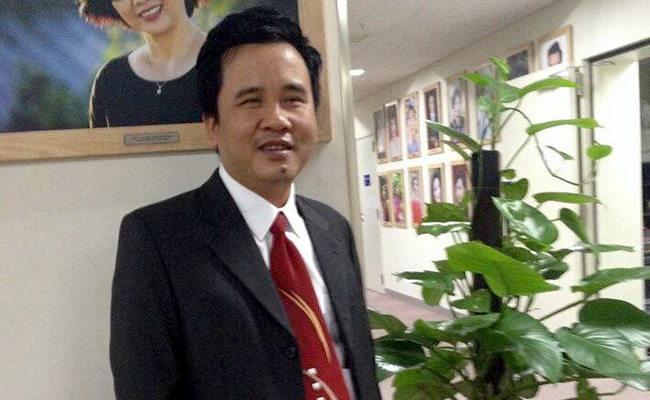 Hoàng Xuân Hạnh - Hoàng Kim: Doanh nhân người khiếm thị được biểu dương năm 2018
Hoàng Xuân Hạnh - Hoàng Kim: Doanh nhân người khiếm thị được biểu dương năm 2018
-
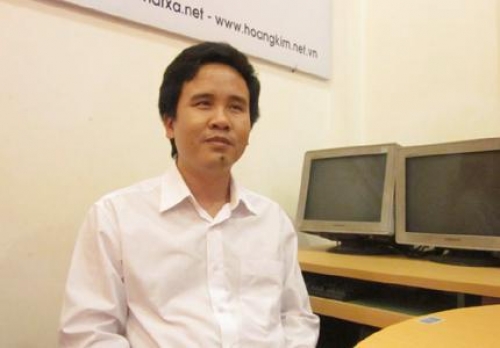 Doanh nhân khiếm thị tâm huyết / Chàng trai khiếm thị thành lập doanh nghiệp hỗ trợ nghề
Doanh nhân khiếm thị tâm huyết / Chàng trai khiếm thị thành lập doanh nghiệp hỗ trợ nghề
-
 Tôi mách bạn 6 Giải pháp hàng đầu để trở thành chuyên gia trong trị liệu: chữa bệnh và làm đẹp
Tôi mách bạn 6 Giải pháp hàng đầu để trở thành chuyên gia trong trị liệu: chữa bệnh và làm đẹp
-
 Giáo trình dạy học DDS – Điện sinh học
Giáo trình dạy học DDS – Điện sinh học
-
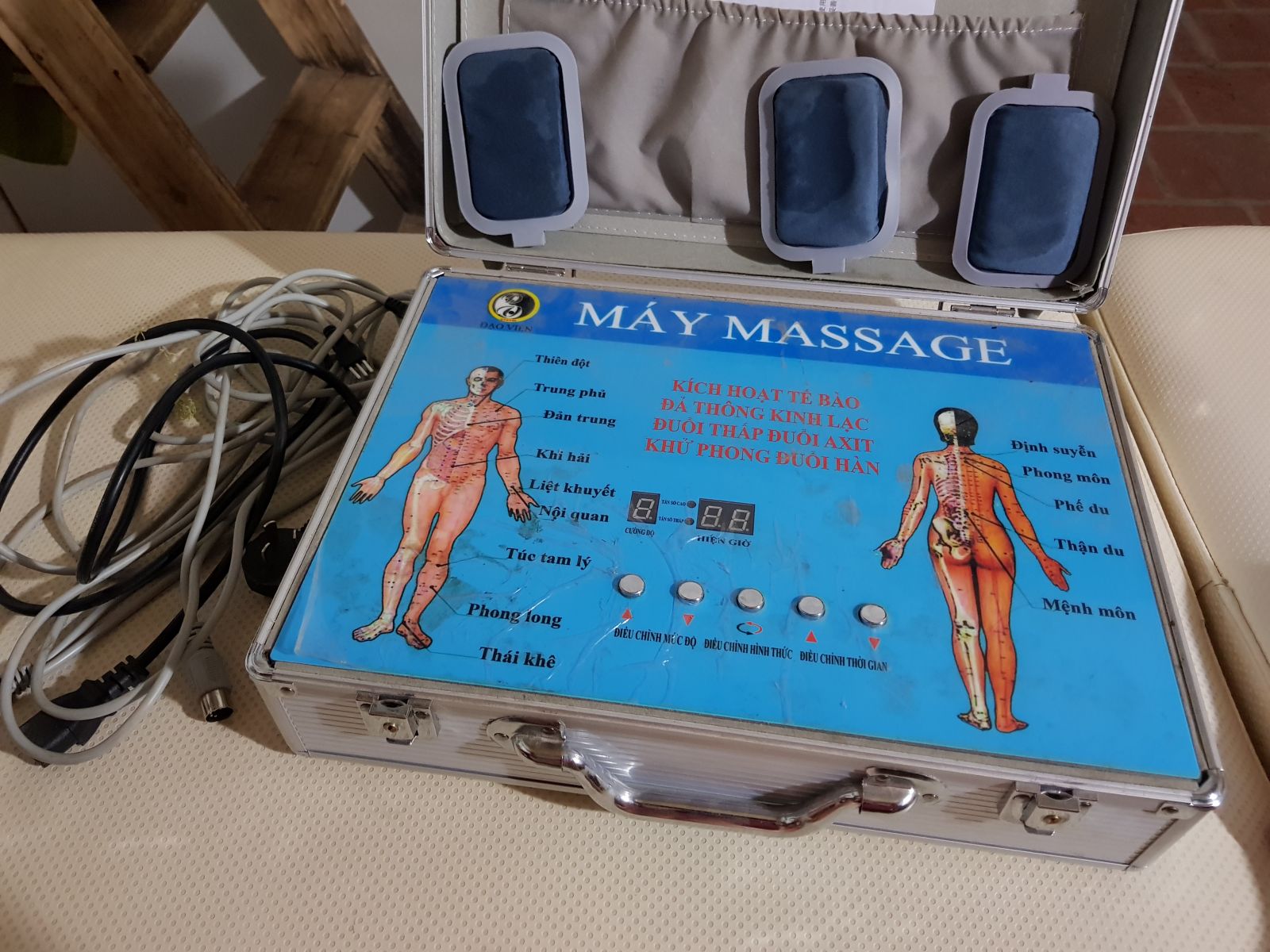 Ưu thế nổi bật của công nghệ DDS – Điện sinh học trong chữa bệnh và làm đẹp
Ưu thế nổi bật của công nghệ DDS – Điện sinh học trong chữa bệnh và làm đẹp
tin tức xem nhiều
-
 Hoàng Kim Massage thông kinh lạc toàn thân thải độc tố cơ thể, phục hồi sức khỏe, thổi bay những cơn đau bằng Công nghệ điện sinh học DDS
Hoàng Kim Massage thông kinh lạc toàn thân thải độc tố cơ thể, phục hồi sức khỏe, thổi bay những cơn đau bằng Công nghệ điện sinh học DDS
-
 Dịch vụ đăng quảng cáo đặt Banner giá rẻ - Hiệu quả bất ngờ
Dịch vụ đăng quảng cáo đặt Banner giá rẻ - Hiệu quả bất ngờ
-
 Xoa xát mắt để phòng cận thị và hoa mắt ở tuổi già
Xoa xát mắt để phòng cận thị và hoa mắt ở tuổi già
-
 Massage của người khiếm thị từ góc nhìn của một người “ngoại đạo”
Massage của người khiếm thị từ góc nhìn của một người “ngoại đạo”
Ủng hộ từ thiện



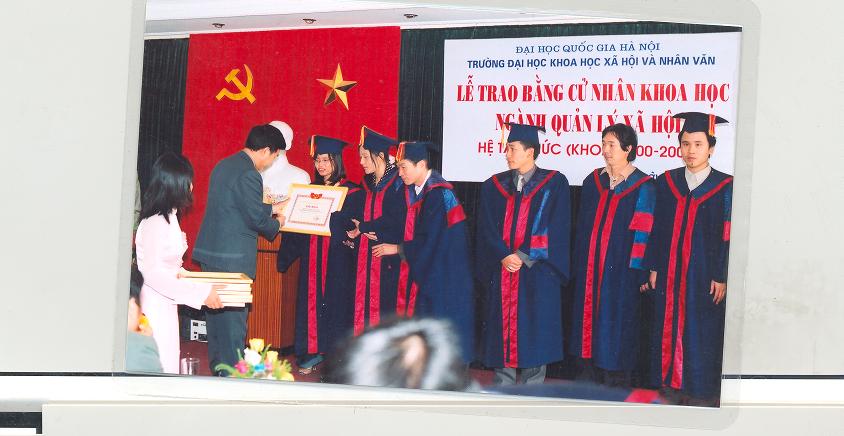




.jpg)


.jpg)




.JPG)


.JPG)




.JPG)
.jpg)

.jpg)







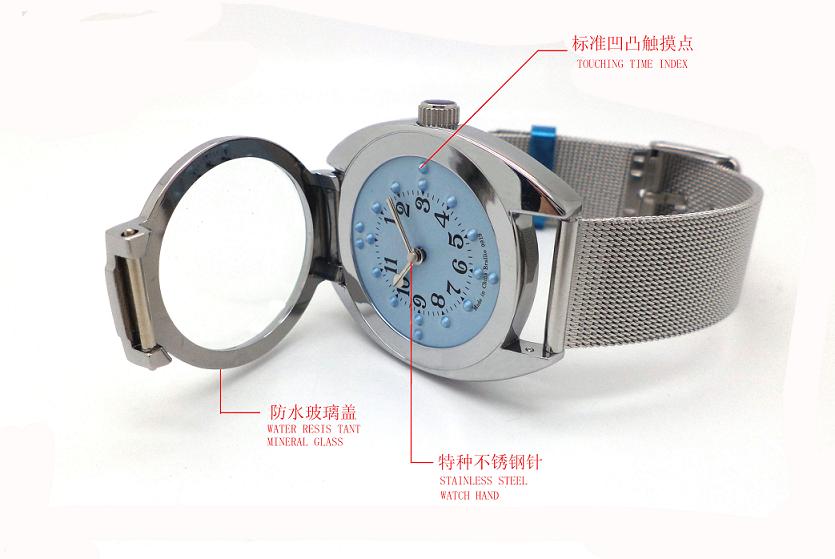
Bình luận